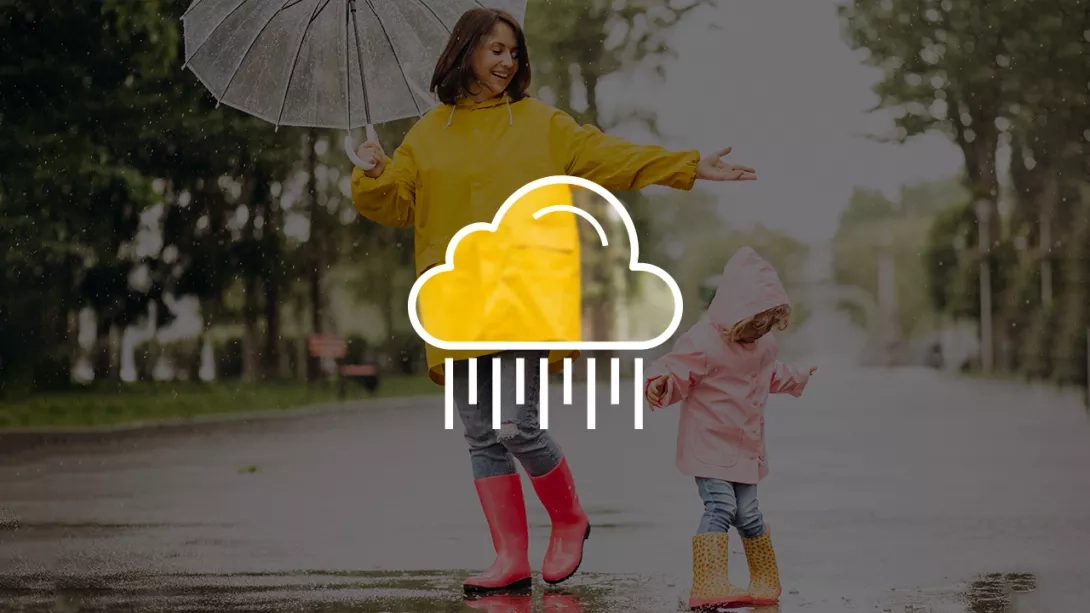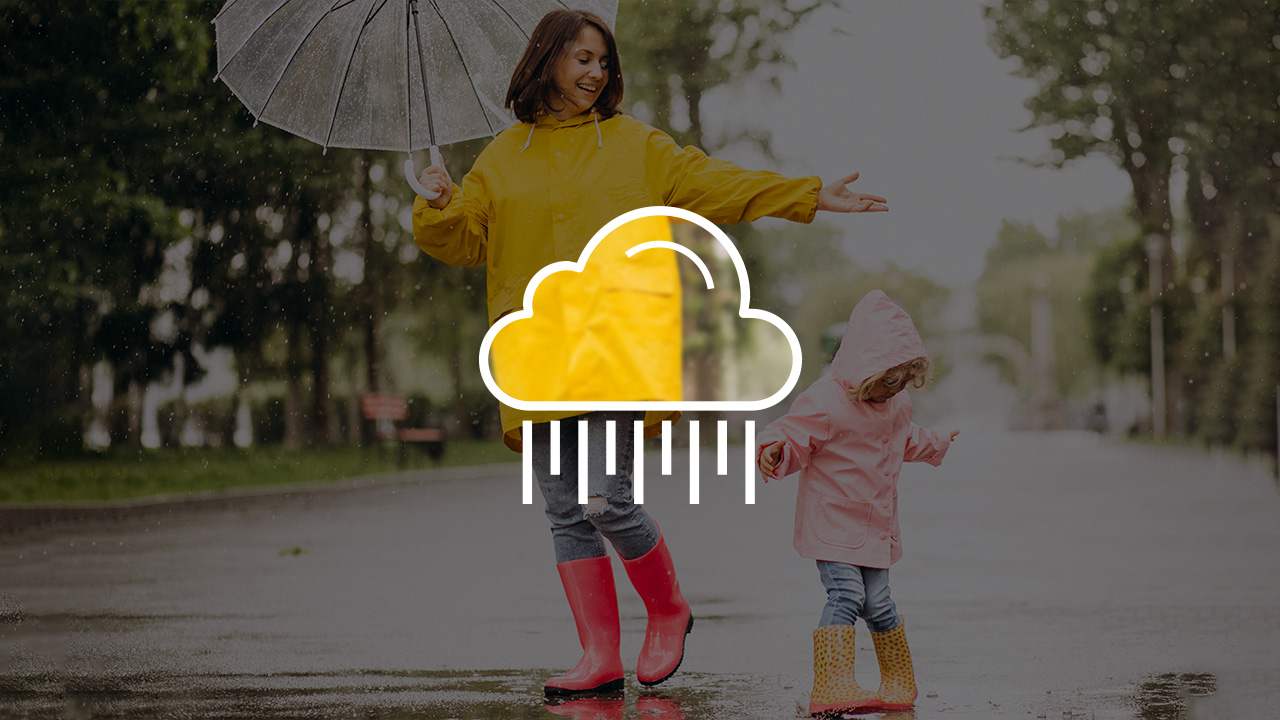In the quest for better health, people often turn to various sources of "living" and "healthy" water. However, these sources can sometimes be more hazardous than, say, tap water. Today, let’s discuss if rainwater is safe to drink and what risks it may carry.
Where Does Rain Come From?
To understand why rainwater has a unique composition, it’s essential to know its origin.
About 71.9% of the Earth's surface is covered with water—oceans, surface waters, and glaciers. When sunlight heats the water, part of it evaporates and disperses into the atmosphere. When warm air masses meet cold ones, rain clouds form, composed of ice crystals and supercooled droplets. Once the mass becomes critical, the crystals combine, fall, melt, and reach the ground as rain. This water flows back into oceans, bodies of water, and groundwater.
Chemical Composition of Rainwater
Since raindrops form through evaporation, the water in clouds is quite pure, with low mineral content and minimal dissolved substances. However, depending on the region, the air can contain significant pollution. As we know from chemistry class, water is an excellent solvent, absorbing nearly everything it encounters.
The problem of smog is prevalent in large cities and industrial centers. It sometimes reaches such levels that you can visibly see what you’re breathing.
According to a government pollution control law, urban air can contain 509 different pollutants. Common ones include nitrogen and sulfur oxides, ammonia, aldehyde and phenol vapors (including formaldehyde), as well as soot and dust containing heavy metals and their compounds. You can check the air quality on the website of the State Emergency Service of Ukraine, SaveEcoBot, or Kyivsmartcity (though the latter is temporarily offline).
When raindrops fall, they collect everything in the air. This is why the air feels cleaner after rain. Various gases, organic and inorganic compounds, and dust combine with raindrops, forming specific emulsions. For this reason, rainwater quality in large cities and industrial areas can be low or even hazardous.
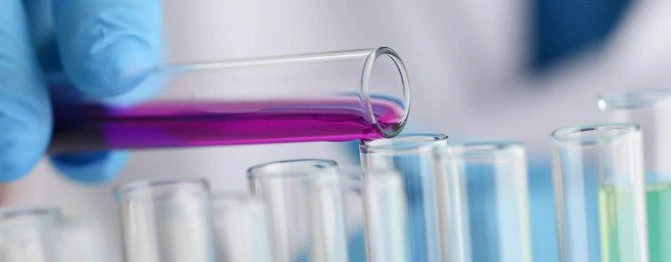
Is rainwater pure?
Let’s look at what can contaminate rainwater from the air:
- Sulfur and Nitrogen Oxides – Common in areas with vehicles, power plants, and heavy industry. They can form sulfuric and nitric acids, leading to acid rain that can even harm plants. For instance, acid rain is a major reason for the decline of chestnut trees in Kyiv. Drinking this water is harmful and may not even be safe for irrigation.
- Particulate Matter – Dust, ash, soot, and compounds like lead and mercury dissolve partially in rainwater. Once in the soil or water, they can enter the human food chain.
- Bacteria – Dust particles provide a perfect habitat for bacteria. While airborne bacteria are generally harmless, they can form colonies in water, making it unsafe. Imagine that one liter of rainwater can absorb pollutants from 300 m³ of air.
- Ammonia, Phenols, Benzopyrene – All common in urban areas, these pollutants are often found in rainwater.
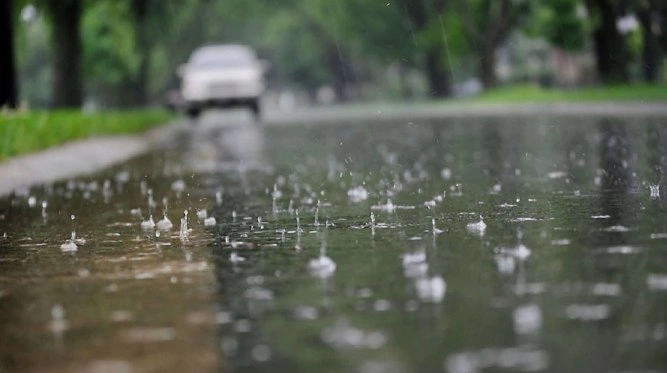
Rainwater Composition in Ukraine
There are limited studies on rainwater composition, as Ukraine has ample water resources, and rainwater isn’t typically considered a primary supply. Nonetheless, some research exists, showing variation based on air mass movement, intensity, and even time of day.
Rainwater quality near industrial zones like Mariupol shows high turbidity and even odor, indicating organic compounds. Tests from Snake Island in the Odessa region reveal rainwater with up to 160 mg/L of dissolved substances, including hardness salts, sulfates, nitrates, chlorides, ammonia, phosphates, and other ions typical of seawater.
In one of Ukraine's cleanest regions, the Carpathian Mountains, where industrial pollution is minimal, even there, 56% of rainwater samples were acidic.
Is Rainwater Safe for Drinking?
If you’ve read the above information, this question likely answers itself. While few comprehensive chemical analyses are available, they indicate that rainwater isn’t suitable for drinking. While rainwater may be pure in clouds, by the time it reaches the ground, it’s contaminated.
However, it can serve as a valuable source for household needs or irrigation—especially if you live far from cities and industrial centers.
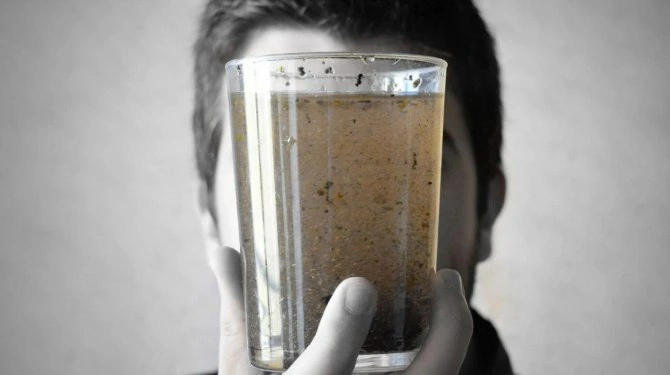
How to Purify Rainwater for Drinking?
Purifying rainwater requires several steps to ensure it’s safe. Here are the essential steps:
- Ensure that your rainwater harvesting system, including collectors and downspouts, is made of materials that do not contain harmful substances. Also, make sure the roof from which the water is collected is clean.
- Use filters to remove large particles, leaves, dust, and other contaminants. Simple filters can be installed on gutters or in rainwater tanks.
- Ultraviolet treatment can be used to kill bacteria, viruses and microorganisms in water. There are portable ultraviolet filters for this purpose. This method uses a membrane to remove bacteria, viruses, salts and other impurities. However, it should be borne in mind that it also removes beneficial minerals, so it is important to strike a balance.
- The use of chemicals such as chlorine or iodine helps to kill bacteria. However, careful dosing is necessary to avoid residual chemicals in the water.
- Test the water regularly to ensure that it meets safety standards and is free of harmful microorganisms.
Remember, ensuring safe drinking water is paramount. Following these recommendations and using proper purification methods are crucial for obtaining quality water.
Resources:
- Centers for Disease Control and Prevention. "Rainwater Collection." Available at: https://www.cdc.gov/healthywater/drinking/private/rainwater-collection.html
- Keresztesi, Ágnes, et al. "Assessing the variations in the chemical composition of rainwater and air masses using the zonal and meridional index." Atmospheric Research, vol. 237, 2020, p. 104846.
- State Sanitary Rules for the Protection of Atmospheric Air in Residential Areas (from Chemical and Biological Pollutants). Available at: https://zakon.rada.gov.ua/rada/show/v0201282-97/#Text (Accessed on: July 12, 2023).
- Official Website of the State Emergency Service of Ukraine. Available at: https://dsns.gov.ua/ (Accessed on: July 12, 2023).
- Air Pollution Level Map of Kyiv City. Available at: https://www.saveecobot.com/maps/kyiv
- Bilanin, Y. M., Medinets, V. I., Hoshurenko, L. M., & Pitsyk, V. Z. "Atmospheric Precipitation and Runoff Water from the Island of Zmiinyi." Odessa National University Bulletin. Series: Geographic and Geological Sciences, vol. 18, no. 1, 2013, pp. 116-132. Available at: http://nbuv.gov.ua/UJRN/Vonu_geo_2013_18_1_15
- Yaziz, M. I., et al. “Variations in Rainwater Quality from Roof Catchments.” Water Research, vol. 23, no. 6, 1989, pp. 761-765. http://dx.doi.org/10.1016/0043-1354(89)90211-X
